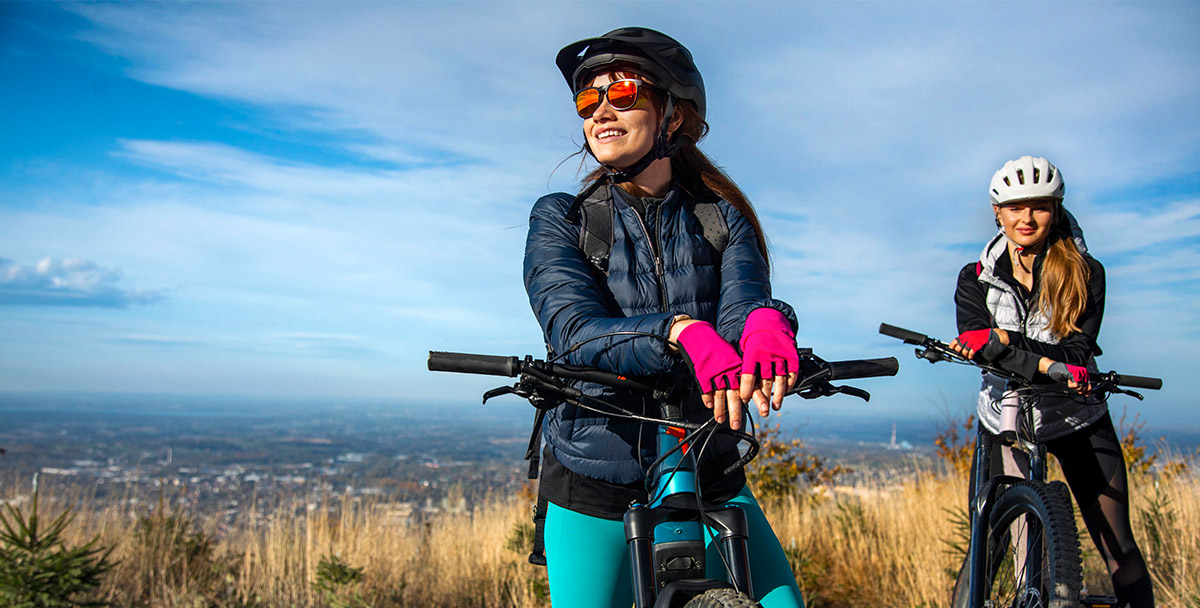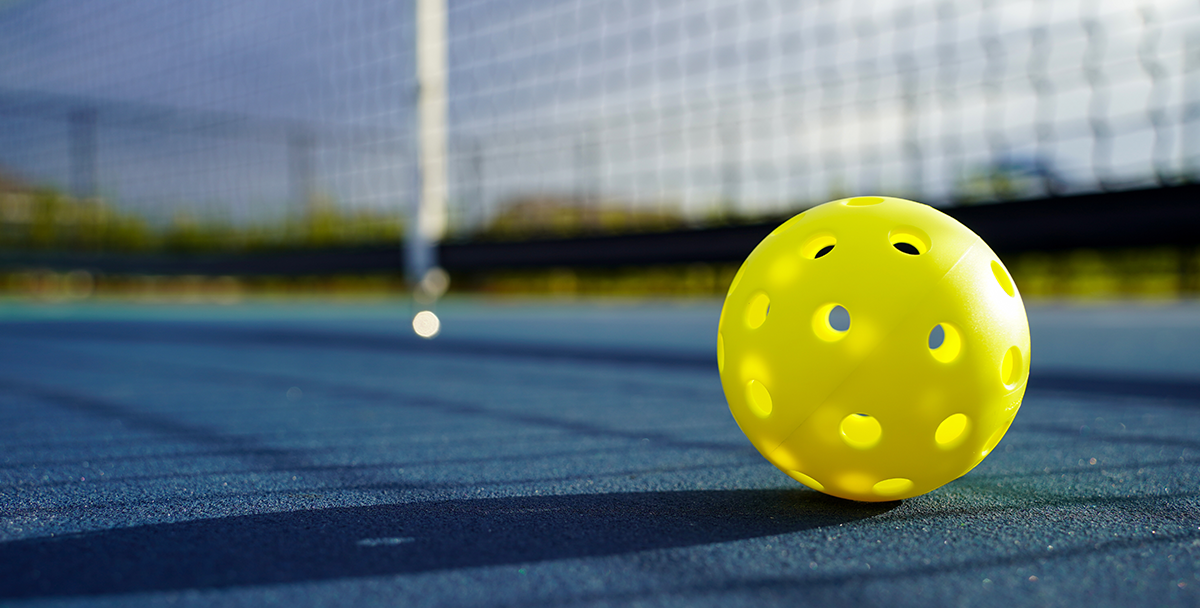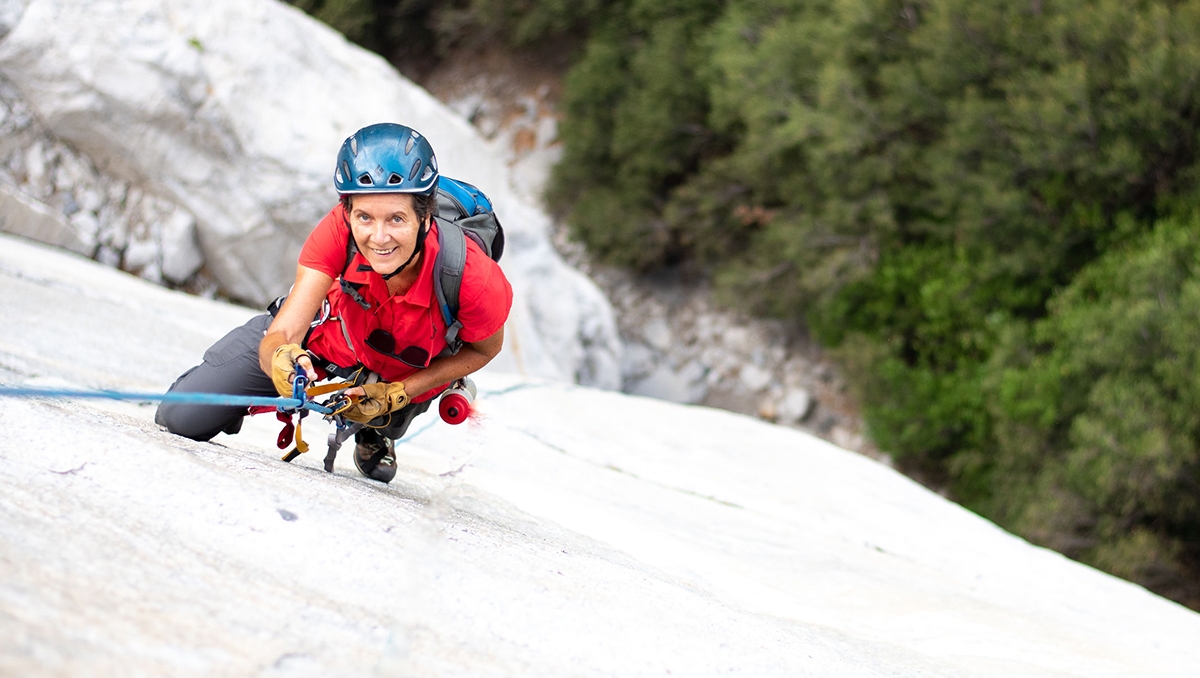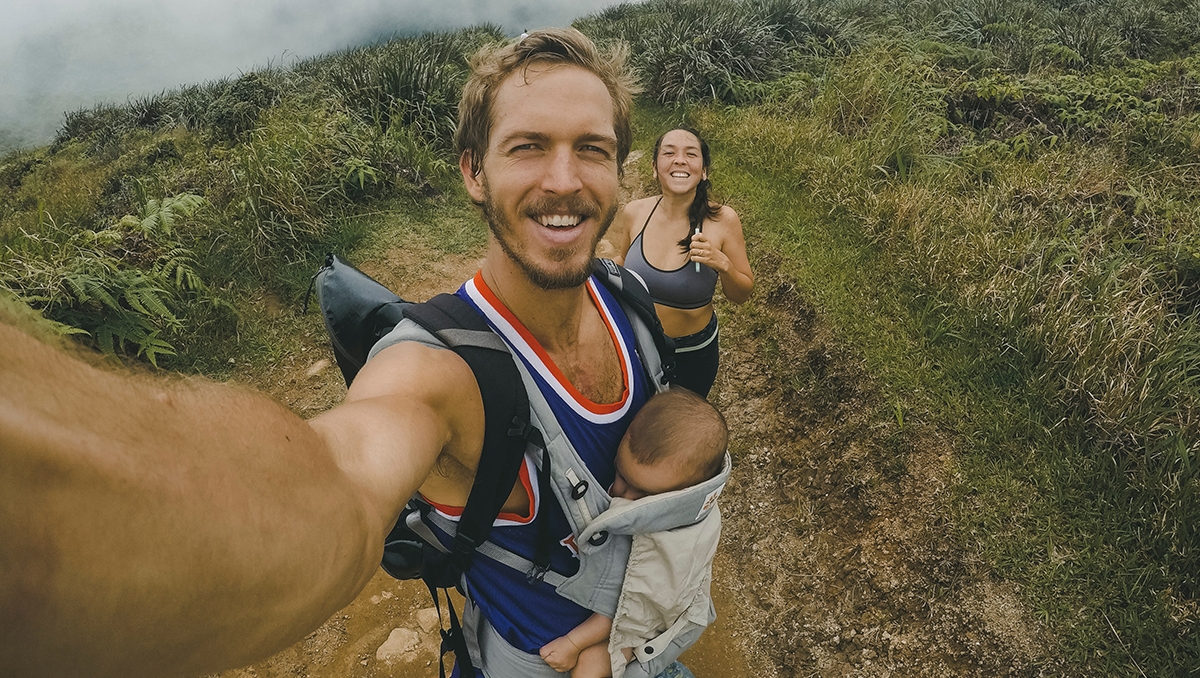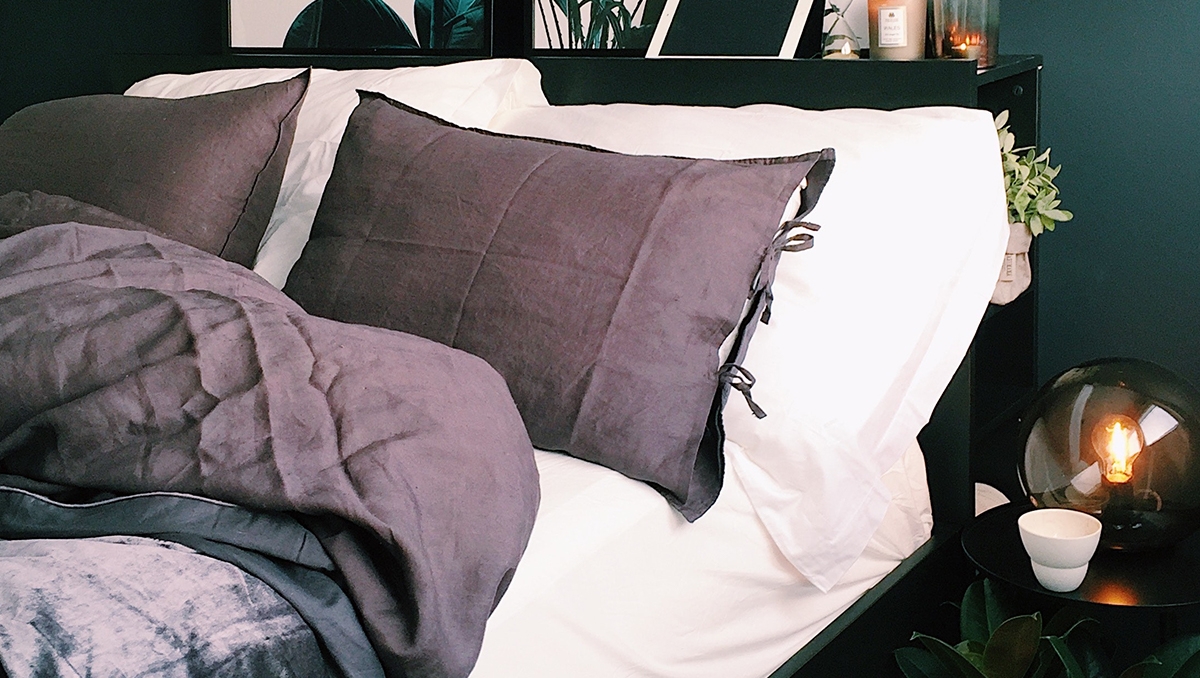Are you getting enough z’s? If the answer is no, you’re among more than a third of American adults who say they’re not getting the recommended seven hours or more of sleep per night. And while we may think that feeling mentally and physically sluggish is the only price we pay following a night of inadequate rest, the Centers for Disease Control and Prevention warns that long term, it also increases the risk of developing obesity, diabetes, heart disease, mental distress and other chronic conditions.
As essential as sleep is to our well-being, consumers didn’t have options until recently for measuring the quantity and quality of their sleep. Early fitness trackers claimed to measure sleep as a bonus, but these watches and bracelets merely estimated the total number of hours wearers slept each night, providing little data or feedback.
Now, a new generation of trackers is here – many of which focus exclusively on sleep. These gadgets offer users a comprehensive look at their sleep patterns along with in-depth insights and solutions for getting a better night’s rest.
I tested and rated four trackers ranging in price from $100 to $300.1 Three of the devices get placed on or near the bed, and one is a ring worn on the hand that’s outfitted with sensors inside the band. With the exception of the ring, all the devices stay plugged into a power socket.
All four set up quickly and easily, use motion sensors to gather data, and communicate results to smartphone apps via Bluetooth®2.
The devices capture the data, but the apps are how users review their stats or trends, add personalized tags and access educational materials. So if you’re not a smartphone user, these systems aren’t for you. Unlike some other sleep-tracking programs, there are no additional fees or subscriptions to connect to the apps; once you pay for the device, you’re done spending.
While all four devices capture a variety of sleep stats, three break the time down into light, deep and REM stages (when the brain is most active and dreaming usually occurs). Some track snoring, heart and breathing rates as well as the light, temperature and humidity in a room. The one wearable option also tracks daytime fitness activity.
The apps for these devices have different options for customization like setting goals for bedtime and the amount of sleep you want to get. Some give the option to quickly tag each day with lifestyle factors – such as stress levels, alcohol consumption, screen time, exercise and meditation – so you can spot patterns that are affecting your sleep for better or worse.
Scores and results are delivered each morning and in weekly and/or monthly reports that identify patterns and share feedback, tips and resources, including educational articles and videos. These learnings may help you discover that it takes longer for you to fall asleep on nights when you use an e-reader or that you wake up more frequently on the nights when you drink wine.
While there’s minimal research available about the accuracy of sleep trackers, using them – for me – is more about spotting patterns (e.g., looks like I generally fall asleep more quickly on the days I do yoga) than knowing the exact minute I switched into a sleep state on a given night.
Top Pick
Oura Ring ($299)
The highest-rated device is also the most expensive. But this ring delivers the most all-encompassing data of any sleep tracker tested.
Made of lightweight titanium, this sleek, minimalist ring leads the new generation of wearables. It was even named one of the best inventions of 2020 by Time magazine and is used by the NBA and WNBA to help monitor the health of their players.
Sensors inside the band measure three categories. The first is sleep, including a sleep score calculated by data from three sleep stages, interruptions and efficiency (which refers to the percentage of the time you spent in bed actually sleeping as opposed to waiting to fall asleep or wide awake counting sheep).
Second, the ring calculates your readiness score for the day ahead based on the amount of quality sleep you got, along with other factors like body temperature, heart and respiratory rates. Users are meant to use their readiness score to help determine their activities for the day. A high score might mean you hit the gym for that hard-core HIIT class, whereas a low number could help you decide to take a restorative yoga class or just take the day off.
Lastly, this device rates your daily activity, tallying the number of steps taken, training intensity, inactivity and calories burned.
The ring needs to be charged, which makes it a little less seamless than nonwearable options that are simply placed on or near the bed and forgotten. But the ring only needs to be charged once a week for 20 to 80 minutes, so it’s not too much of a hassle. And it’s well worth it for all the data the Oura Ring delivers.
It also offers the largest number and scope of tags you can add to your day to help spot trends that may be influencing your sleep. In addition to tags that are standard among these devices, such as alcohol and screen time, Oura also has tags for factors like sleep aids, earplugs, fasting, ovulation, sex and time spent in nature.
Runner-Up
SleepScore Max ($150)
If you can get past the mild annoyance of manually starting and stopping this device, this tracker has the most robust library of tips, articles, and videos to help troubleshoot sleep issues.
This 4” W x 6” H monitor (smaller than a paperback) sits on your nightstand while connected to a power source, capturing sleep stages, time spent falling asleep and waking up, room temps and light levels.
Each day, it gives you a BodyScore based on how much quality deep sleep you got the night before, a MindScore based on REM sleep, and the overall SleepScore that examines time spent in all your sleep stages, including the times you may have woken up.
The app gets high marks for articles and tips, easy-to-understand graphs and charts, and helpful personalized insights.
It’s the only device tested that requires users to manually start and stop tracking via the app, which is a bit of an annoyance. But the upside is that any worry of overestimated sleep time, which is a common issue and criticism of motion-sensor sleep trackers, seems to be less of an issue with this device. (Some trackers have trouble differentiating between, say, your time spent in bed reading with the light on versus trying to fall asleep, which can inflate your stats.)
Budget Pick
Withings Sleep Tracking Mat ($100)
Not to say $100 is inexpensive, but you won’t find a solid sleep tracker for less. This under-the-mattress mat is easy to set up and use and syncs with both Apple Health and MyFitnessPal™.
Slip this 7.5” W x 25” L sensor mat under your mattress, and after you plug it in and pair the device with your phone, tracking is automatic. The mat can also detect snoring and breathing disturbances.
The app is easy to use, and although you can’t add lifestyle tags, there is a field for notes. Users can sync their results with apps such as Apple Health and MyFitnessPal and create reports to share with a doctor, nutritionist or wellness coach.
For Apple Fans
Beddit Sleep Monitor ($150)
Made by an Apple-owned company, this product shares the design sensibilities that Apple devotees appreciate – and it, of course, syncs with the Apple Health app. This is a decent option for those looking for a tracker with zero maintenance (no manual charging or turning tracking off and on required).
Similar to the Withings mat, this ultrathin sensor strip tucks under your sheets. Plug it in and pair the phone app to the device to start automatically tracking the amount of time you spend sleeping and waiting to fall asleep, periods of wakefulness longer than two minutes, as well as snoring, breathing and heart rates, room temps and humidity. The app also asks you to rate how you feel each morning and illustrates trends over seven, 30, and 90 days in simple graphs.
Apple owns this Finnish company, so it’s easy to sync results to their Health app. Beddit gets high marks for its sleek and modern product design. But of the four devices tested, it’s the only one that doesn’t break down results into the three sleep stages, giving users a less complete picture of their sleep habits.
1 Products were tested and reviewed independently by the writer. Opinions are not endorsements by Subaru of America or Drive magazine. 2 Bluetooth® is a registered trademark of Bluetooth SIG, Inc.

